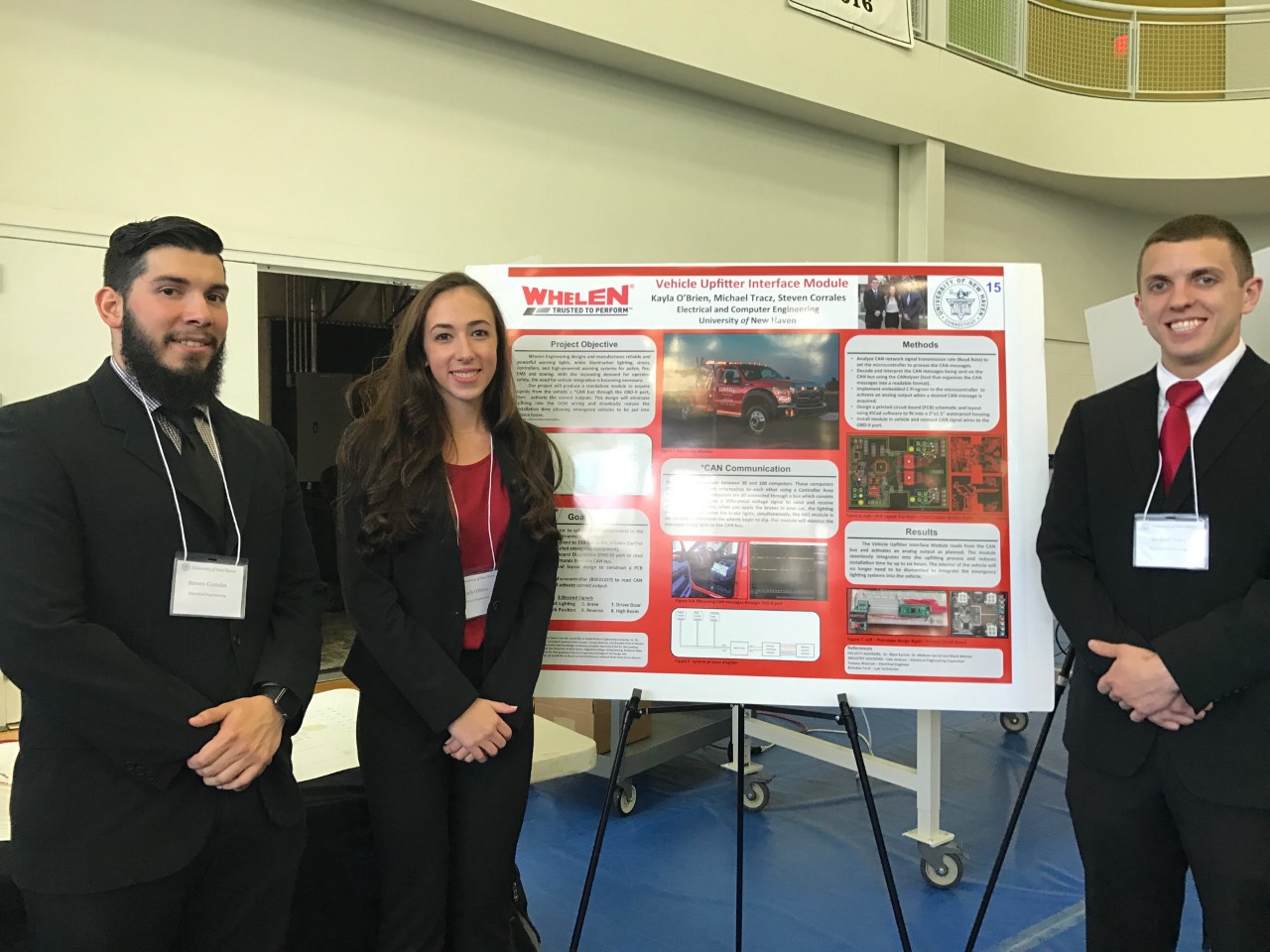NASA has postponed the launch of their new X-Ray telescope to allow more time to check issues with the rocket that boosts the telescope into orbit.
The space agency recently stated in a press release that the Nuclear Spectroscopic Telescope Array (NuSTAR) launch for the month of March would no longer go on as planned and would be launched on another date which would be released soon.
The telescope will be launched aboard the Pegasus XL rocket from the Kwajalein Atoll in the Marshall Island regions. Mission managers decided to delay the launch to double-check the flight software on the rocket which was having some complications.
NuSTAR is part of an explorer mission that will allow astronomers to study the universe using high energy X-Rays. It will be the first hard X-ray telescope to orbit the Earth and is expected to exceed the performance of the largest ground-based observations that have observed these regions of electromagnetic spectrums. NuSTAR will also be assisting and aiding in other astrophysics missions to explore the cosmos and the space spectrum.
By focusing on the higher energy X-Rays, NuSTAR will start to answer several fundamental questions including: How are black holes distributed through the cosmos, how were heavy elements forged in the explosions of massive stars, and what powers the most extreme active galaxies?
Some of NuSTAR’s primary objectives include but not limited to: conducting a census for black holes on all scales using wide-field surveys of extragalactic fields and the Galactic center, mapping radioactive material in young supernova remnants, studying the birth of the elements and to understand how stars explode, observing relativistic jets found in the most extreme active galaxies, and to understand what powers giant cosmic accelerators.
NuSTAR will also be studying the origin of cosmic rays and the extreme physics surrounding collapsed stars while responding to targets of opportunity including supernovae and gamma-ray bursts.
NASA expects the telescope to be up and in orbit by the end of June if not sooner.








